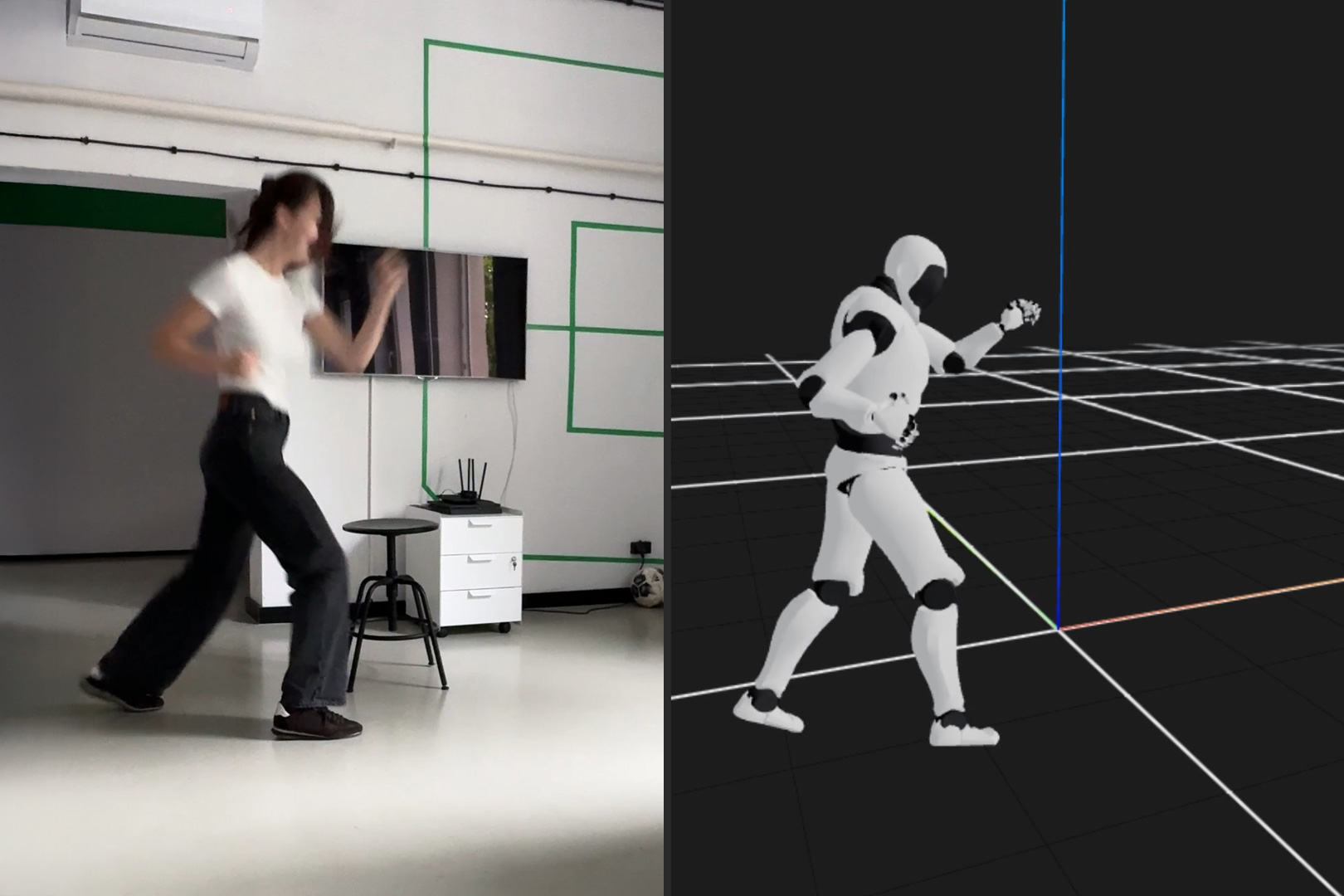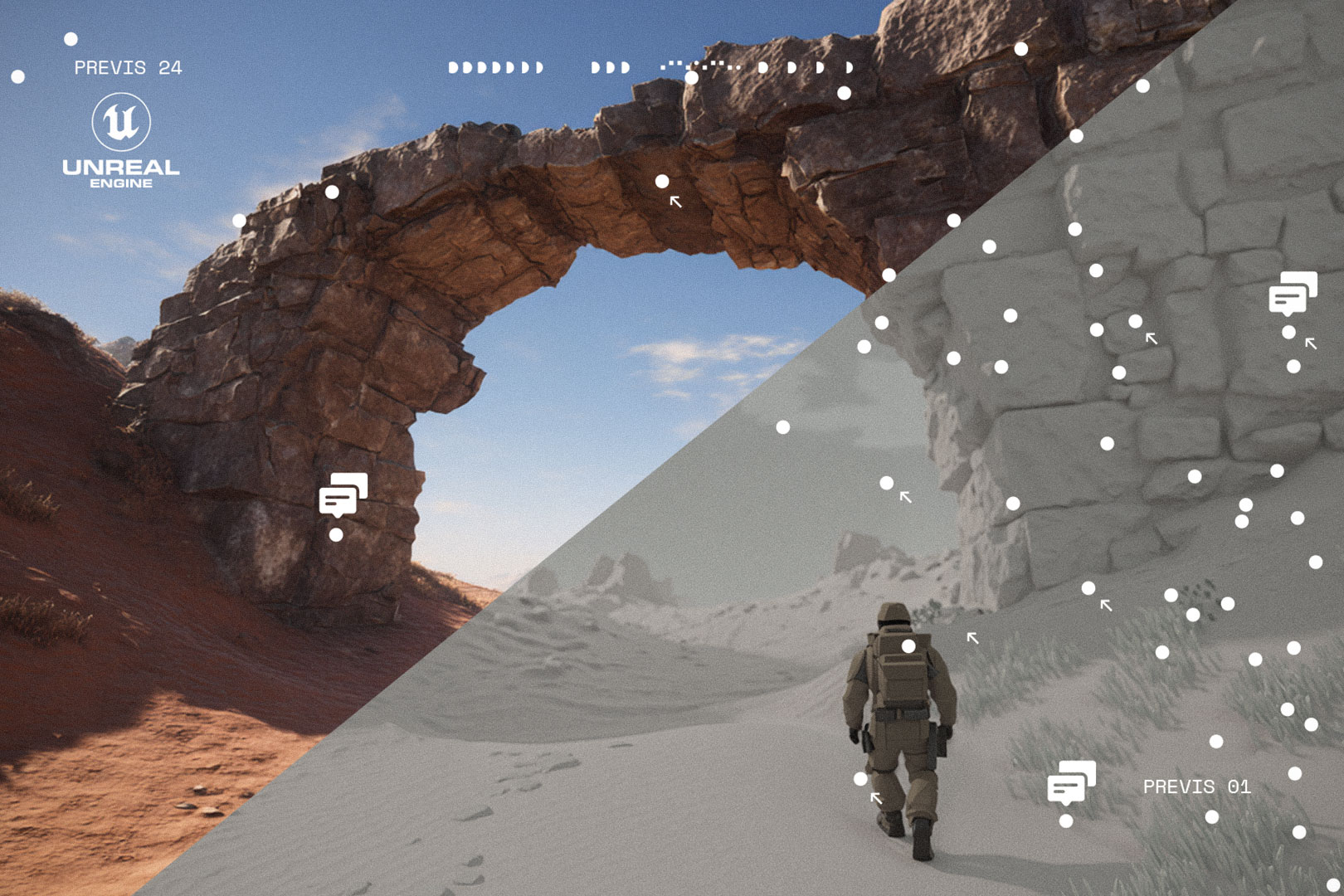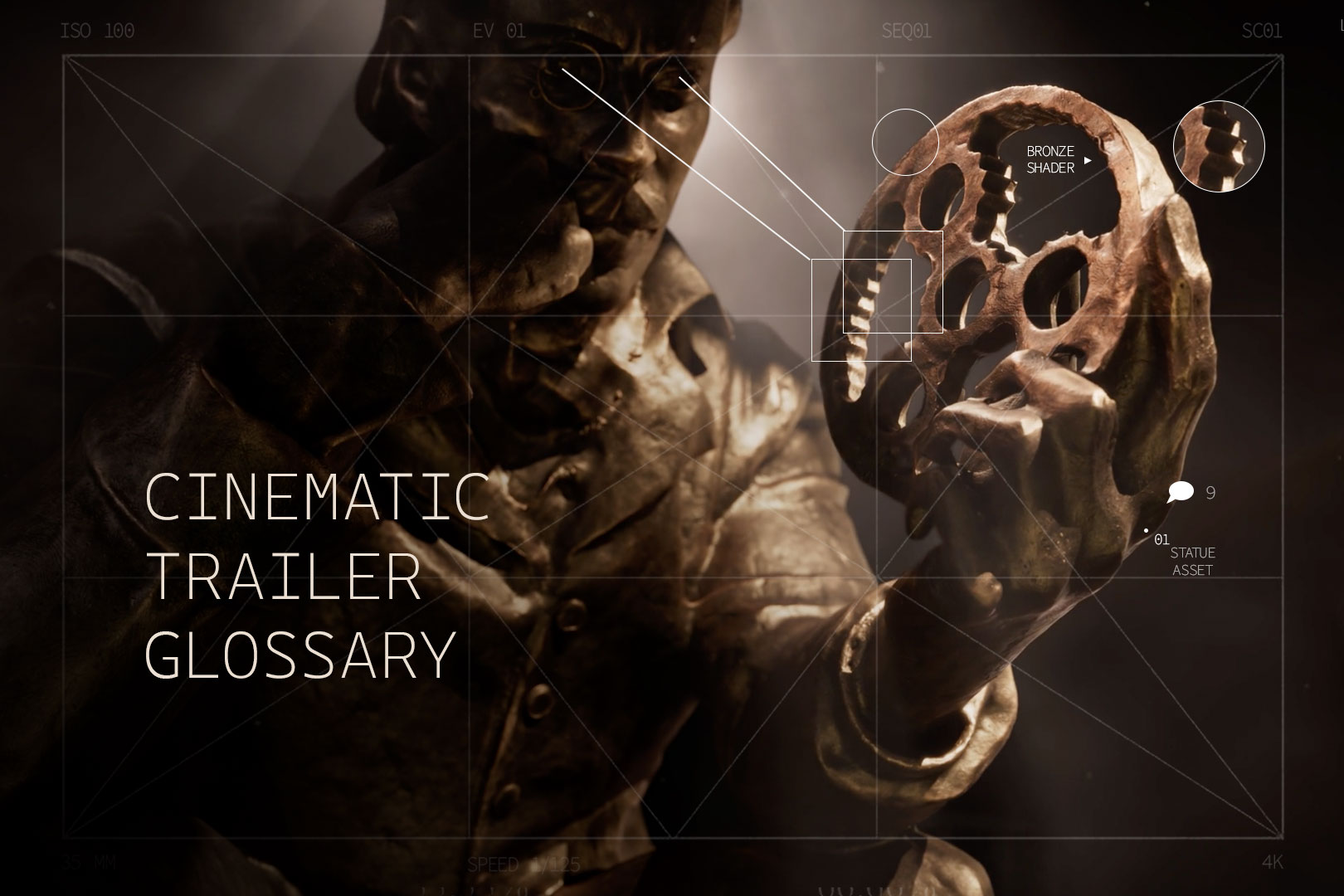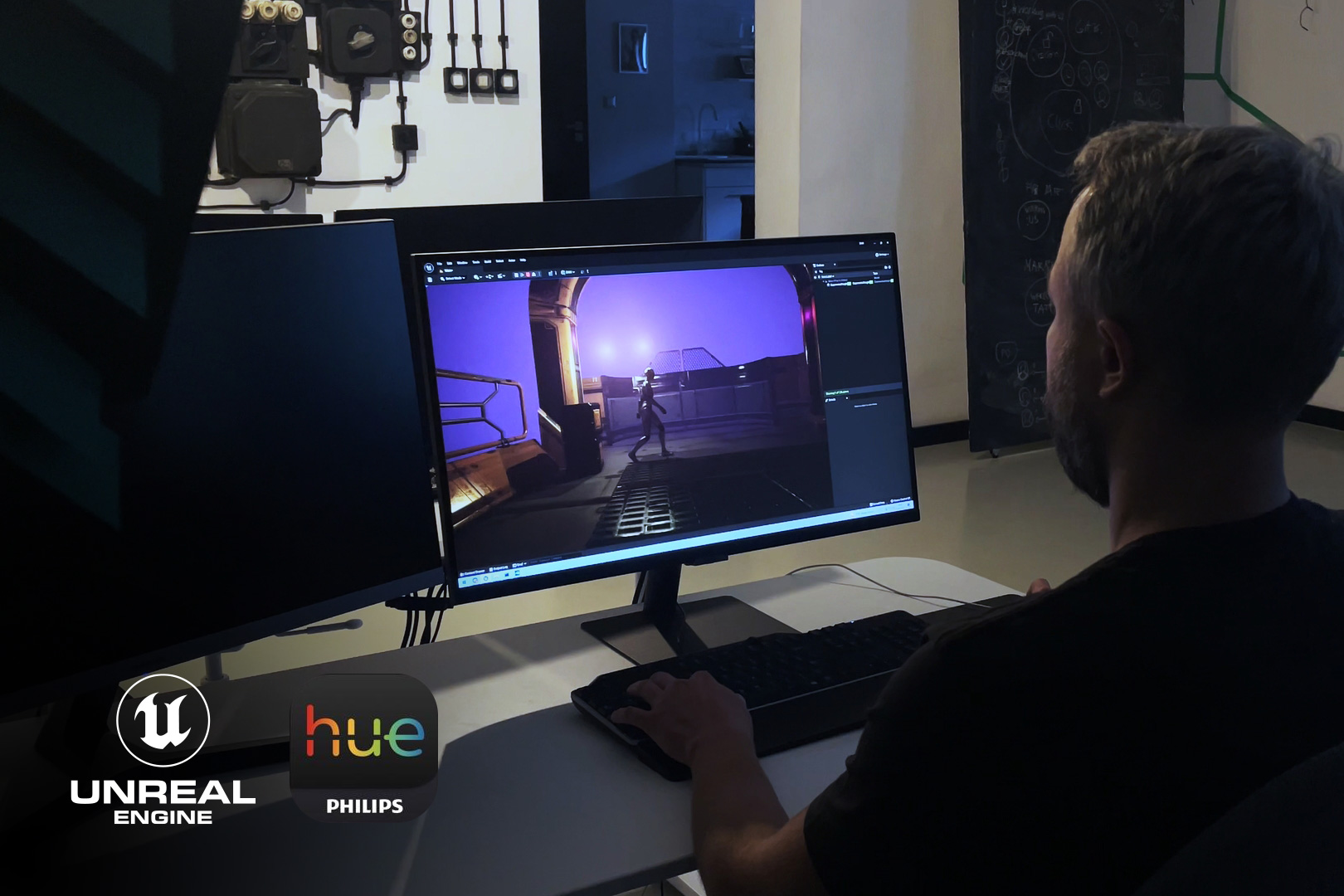People love to imagine that 3D animation works like magic: you press a button, and out comes a shiny cinematic worthy of Pixar. If only. In reality, animation in 2026 is still a mix of art, technology, and a fair bit of budget anxiety. Which brings us to the eternal question: how much does it actually cost?
The short answer is: it depends. A fifteen-second teaser for TikTok is one thing, a two-minute game trailer with motion capture and Hollywood lighting is another. Complexity makes the difference too: a stylized explainer with two characters in a flat world is relatively simple, while a photorealistic battle with smoke, explosions and hundreds of soldiers will burn through your budget faster than you can say “render farm.”
Assets also play their role. If you bring your own 3D models, great, you’ve just saved weeks of work. If everything needs to be built from scratch, expect the bill to climb. And yes, Unreal Engine speeds things up with real-time previews, but don’t be fooled: one “quick” camera change can trigger a chain reaction in animation, lighting and VFX. Unreal is a gift, but it’s not a magic wand.
And then comes the team. A freelancer can handle a small explainer, but a cinematic trailer requires a whole crew: producers, animators, VFX specialists, lighting artists, and sound designers. More people, more skills, more money.
So let’s talk numbers. In my opinion, the budgets in 2026 will continue to shape up within these ranges. A simple explainer under a minute usually costs $5,000–19,000. A mid-range teaser, maybe 45 seconds with some custom Unreal work, runs $30,000–85,000. A cinematic trailer with mocap, VFX and original music? You’re looking at $80,000–250,000+. And if you want full-blown virtual production, feature-quality sequences can reach $500,000 per finished minute. Yes, per minute. Blink, and you just spent twenty grand.
Of course, those headline figures don’t tell the whole story. Projects often carry hidden passengers on the budget train. Original music and sound design can swing the cost significantly, especially if you’re not using stock. Motion capture sessions require actors, studios, and cleanup time. Render farms still rack up bills when offline rendering is used. And project management the unsung hero of production costs money too, but without it, projects spiral out of control. A good producer is like a referee in a football match: you don’t always notice them, but without them, the game descends into chaos.
The secret to not blowing your budget isn’t cutting corners it’s planning smart. Define the vision early. Lock your stages once cameras are fixed, stop moving them. Use Unreal previews to make decisions, not to play around endlessly. And please, give feedback on time. Nobody wants to hear “can we try something different?” the night before delivery.
In the end, the real question isn’t “how much does it cost?” but “how much is it worth?” A killer cinematic can generate millions in pre-orders or make a brand unforgettable. Animation is more than moving pixels it’s hype, emotion and value.
So, how much does 3D animation cost in 2026? Anywhere from a few thousand dollars to half a million per minute. The better question is: what’s the return you’re aiming for?







